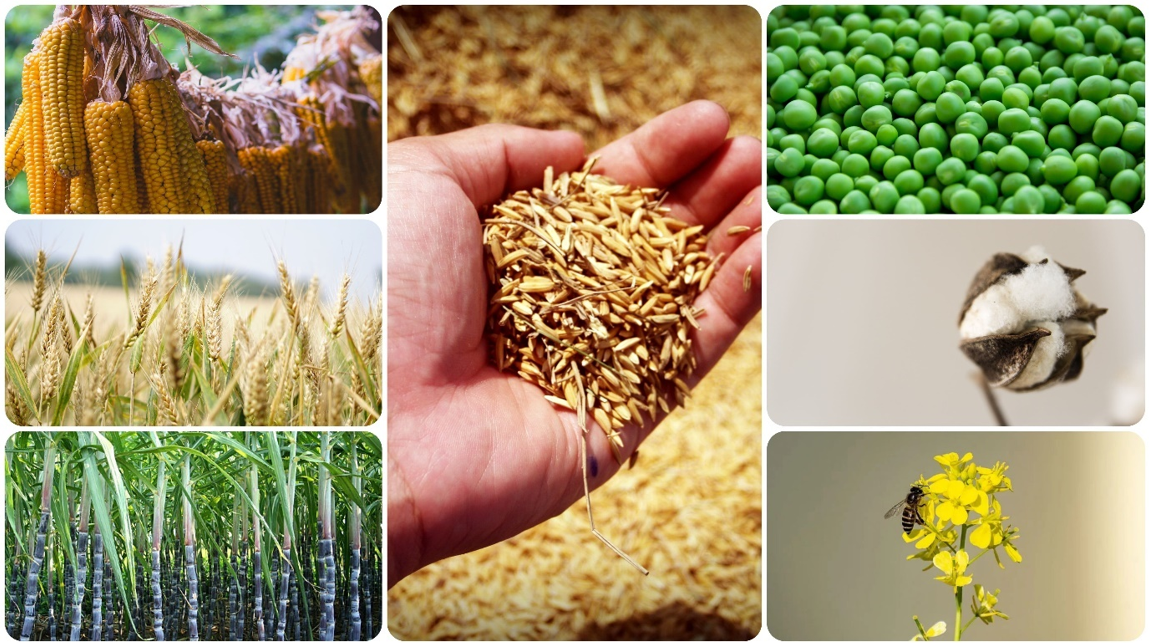Crop prices in India are influenced by a variety of factors, and the determination of these prices involves complex interactions between market forces, government policies, and the overall economic environment. Here are some key factors that contribute to the determination of crop prices in India:
- Demand and Supply in the Market:
Like in any market, the fundamental forces of demand and supply play a crucial role in determining crop prices. If the demand for a particular crop exceeds its supply, prices tend to rise, and vice versa.
- Global Commodity Prices:
For crops that are traded internationally, global commodity prices can have a significant impact on domestic prices. Changes in global supply and demand, as well as geopolitical events, can influence the prices of agricultural commodities in India.
- Government Interventions:
The Indian government often intervenes in the agricultural sector through various policies, subsidies, and minimum support prices (MSP). MSP is the minimum price at which the government assures to purchase crops from farmers. This mechanism aims to provide a safety net to farmers and ensure a reasonable income.
- Mandis and Agricultural Markets:
Agricultural produce is often sold through Agricultural Produce Market Committees (APMCs) or mandis. These markets serve as intermediaries between farmers and consumers. The efficiency of these markets, transportation costs, and the overall infrastructure influence crop prices.
- Transportation and Distribution Costs:
The costs associated with transporting and distributing crops from the farm to the market can affect prices. Improved infrastructure and logistics can help reduce these costs and potentially increase farmers’ profits.
- Government Procurement Programs:
Government agencies, such as the Food Corporation of India (FCI), engage in procurement activities to build food reserves and stabilize prices. These programs impact the overall supply-demand dynamics and influence prices in the market.
- Monsoons and Weather Conditions:
India’s agriculture heavily depends on monsoon rains. Favorable weather conditions and adequate rainfall can lead to higher crop yields, influencing prices positively. Conversely, droughts or adverse weather conditions can lead to lower yields and higher prices.


